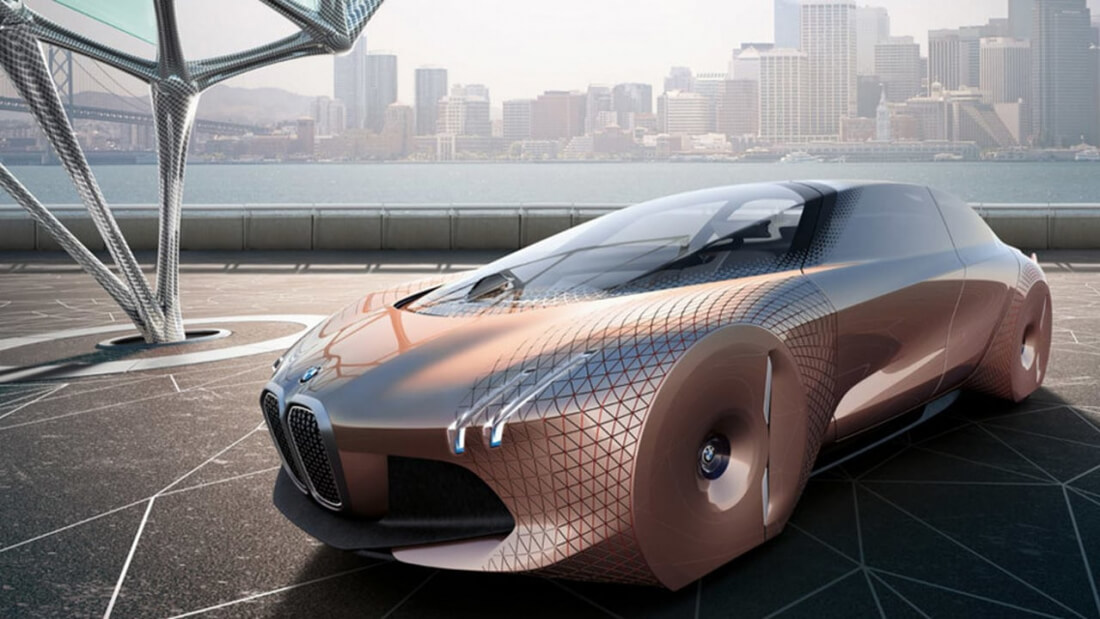And so it has begun. With the announcement late last week by BMW, Intel, and Mobileye of a new reference platform for autonomous cars---expected to be available in model year 2021 vehicles---the battle lines are being drawn for what promises to be one of the most interesting tech industry developments of the next several years.
On the one side, you have tech giants Apple and Google, who also happen to be the two most valuable companies in the world. Either in secret or openly, they're working to create automotive platforms and possibly even cars themselves, leveraging their software and user experience expertise. On the other, you have the automakers, several of whom used to be among the list of the world's largest companies. As a group, they are painfully aware of how critical technology has become in the car purchasing process, yet extremely concerned about how the partnerships they need to match these new requirements could lead to a loss of control, or at least a major decline in customer influence.
In the middle, you have a range of the most important and/or most innovative semiconductor companies---names like Intel, nVidia, Qualcomm, and ARM---hungry for a new growth market and eager to cash in on what many expect to be one of strongest segments of the tech hardware economy for the next decade.
Topping off this tasty automotive tech sandwich are some of the first widespread deployments of cutting edge technologies like deep learning, neural networks, artificial intelligence and advanced connectivity technologies (think 5G), all of which are necessary to make the promise of truly autonomous cars a reality.
Toss in the disruptive business model innovations of ride-sharing companies like Uber and Lyft and things start to get even more interesting. Add in the political and regulatory intrigue bound to impact the market as the result of the unfortunate first accidental death of a driver using an autonomous driving feature on a Tesla Model S, and it's not hard to imagine the screenplay of a movie thriller nearly writing itself.
From a platform and technology perspective, this is a battle that will have several different fronts. The two main campaigns will likely focus on a car's infotainment system and its autonomous driving capabilities. The truth is, cars have grown into enormously complex devices, but these two separate systems are seen as the crown jewels of automotive tech.
The two main campaigns will likely focus on a car's infotainment system and its autonomous driving capabilities.
While infotainment used to essentially mean the car radio and navigation system, it has blossomed into the car's entire interface. Everything from the car's internal app platform to heads-up displays, interactive gauges, comfort controls, driving assistance features and more, are shown to the car's occupants through the various displays and components that make up today's advanced infotainment systems.
At the moment, Apple's CarPlay and Google's Android Auto are staking out a portion of the infotainment software experience, although not all of its expanded reach. For obvious reasons, carmakers have been reticent to give over the entire user experience to the tech giants.
Underneath the hood of the infotainment system, companies like nVidia, Qualcomm, Intel, and ARM licensees such as Renesas, STMicro, and TI have all provided semiconductor components that are driving the infotainment experience. Given the increasingly visual nature of these elements, expect to see a lot more discussion around car-based graphics.
The autonomous driving capabilities are being handled through a combination of different elements, some of which are on the car and some of which are expected to be delivered via the cloud. Last week's BMW, Intel, Mobileye announcement for example, leverages the sensor fusion and machine vision experience from Mobileye on the car, while also using local Intel CPUs and a connection to an Intel-driven cloud computing resource running deep learning and neural network applications.
Nvidia has also been prominent in moving forward with distributed computing autonomous driving experiences. The company has debuted its DrivePX2 platform for doing the on-car compute and inferencing for driver assistance and autonomous drive applications, while also talking about its cloud-based, GPU-driven neural network efforts.
In addition to these two main systems, there are a number of other critical elements, some of which provide links between them. Notably, the communications capabilities of today's cars is about to surpass any device we own. Qualcomm, for example, just debuted a new upgradeable automotive communications platform that incorporates radios for 4G, WiFi, Bluetooth and DSRC, a technology expected to be used for future vehicle-to-vehicle communications. Connectivity is critical for both infotainment and autonomous driving (as well as things like over-the-air software upgrades and much more), so expect to see some increased competition here as well.
Despite all these recent developments, it will likely be the end of the decade before we really know how the car wars play themselves out. In the meantime, it's going to be one of the most epic battlegrounds for both new world and old world businesses that the market has seen in quite some time. Who knows? It could end up being the technological stuff of legends.
Bob O'Donnell is the founder and chief analyst of TECHnalysis Research, LLC a technology consulting and market research firm. You can follow him on Twitter @bobodtech. This article was originally published on Tech.pinions.
